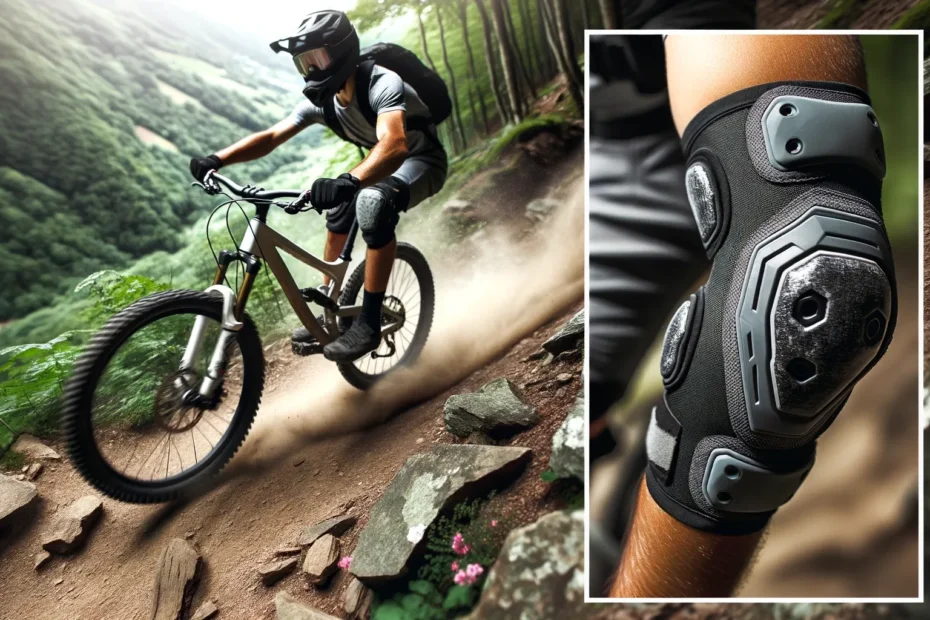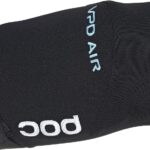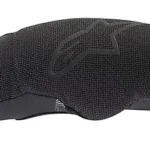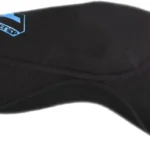Mountain biking can be an exciting sport, but it also comes with risks of injury. Choosing the right protective gear, like elbow pads, is important to help prevent injuries from falls or crashes on the trail. There are a few key safety standards and certifications to look for when selecting MTB elbow pads to ensure you get pads that provide adequate protection.
EN 1621-1 for Impact Protection
EN 1621-1 is a European safety standard that rates the impact protection provided by mtb elbow pads and other joint protective gear. To earn EN 1621-1 certification, elbow pads must pass impact tests with different levels of force. Pads are given a rating from 1 to 2, with 2 representing the highest level of protection. Most quality MTB elbow pads will meet EN 1621-1 standards with a 1 or 2 rating, showing they provide decent to excellent protection from hard impacts with trails and rocks.
Pads meeting the EN 1621-1 standard give riders confidence they offer robust shields over the elbows against sudden crashes. The pads meeting this standard typically have thick foam or plastic shells over the elbows to disperse energy from impacts effectively. When searching for well-tested elbow pads to handle mountain biking’s rugged conditions, confirming they meet EN 1621-1 standards is wise.
CE Certification for PPE Gear
The CE marking is a certification that shows a product meets European Union safety, health, and environmental standards. All personal protective equipment (PPE) sold in the EU, like elbow pads, must earn CE certification by passing required tests. The specific standards depend on the product. For elbow pads, meeting EN 1621-1 for impact protection would be necessary to qualify for CE certification.
The CE marking on MTB elbow pads and other protective gear indicates compliance with EU regulations and typically suggests a product offers adequate and reliable safety. However, the specifics can vary slightly. Checking what tests the pads passed provides more insight into their protection levels. Still, the CE stamp generally means elbow pads meet accepted standards for materials, construction quality, and performance. As PPE products designed for rugged use, verifying mountain biking elbow pads have CE certification makes sense for riders prioritizing safety.
ASTM Standards Testing Materials and Design
The American Society for Testing and Materials (ASTM) is an organization that develops and publishes technical standards for testing materials, products, and systems to determine their quality and safety. While European standards like EN 1621-1 and CE certification focus on finished products, ASTM standards deal more with testing associated materials and components.
ASTM F1446 is one standard applying to protective pads that includes specifications and tests for various materials used in pads, like foam, fabric, and shell materials. Other ASTM standards provide testing procedures assessing the durability, lifespan, and performance of protective gear under certain environmental or physical conditions.
While less common, some elbow pad brands may reference ASTM standards to show the quality testing used on materials in their pads. Understanding the related ASTM standards can give insight into how manufacturers developed and tested their pads to perform in demanding cycling conditions. But most riders look for EN and CE certifications on finished elbow pads to easily compare their protection levels.

Additional Safety Standards for Development
A few other global standards help guide the development and testing of MTB elbow pads, although manufacturers less frequently reference them. Examples include ISO (International Organization for Standardization) and ANSI (American National Standards Institute) standards dealing with design methodologies, safety criteria, and testing procedures around protective pads and equipment.
These standards shape how brands consider safety, materials, testing, and responsible manufacturing during elbow pad development. But for riders comparing options, the EN 1621-1 impact ratings and CE certifications featured on the actual pads provide the most direct insight into safety. Riders rely on these visible certs to make informed decisions on which pads best suit their needs and budget.
While additional standards in the background impact overall industry safety and innovation, the prime marks to seek out are EN 1621-1 for protection level and CE for regulatory compliance. Checking for these gives confidence MTB elbow pads will perform when needed most.
Considering Weight and Breathability Too
While safety through adequate impact absorption and certification should come first when selecting MTB elbow pads, riders also consider fit, weight and breathability. Pads with thicker shells and more cushioning typically meet higher safety certs like EN 1621-1 2 or CE AA, but can also have increased weight and heat retention. Finding the ideal balance depends on riding style and personal preference.
Lighter weight pads with moisture wicking fabrics offer greater comfort and flexibility for long rides in hot weather. But they sacrifice some protection compared to bulkier pads. Determining ideal pads means weighing priorities between safety certifications against weight, breathability, and flexibility needs based on the trails and conditions each rider expects. Reviewing all specifications can help identify pads matching both safety and comfort goals.
Confidence Through Standards
Reviewing the standards and certifications earned by MTB elbow pads removes some of the guesswork in determining adequate products. Key marks to look for include EN 1621-1 ratings for impact protection, CE certification for regulatory compliance with EU safety regulations, and referenced ASTM standards for materials and testing procedures used. Checking for these certs provides confidence in product testing and development focused on rider safety.
While no pads guarantee eliminating injuries, selecting options earning strong certifications helps minimize risk. Riders can then get peace of mind knowing their elbow pads meet accepted protective performance thresholds for mountain biking’s demanding terrain. With effective pads in place, riders can then enjoy the trail ahead knowing preparations to help avoid major injuries have been made.






